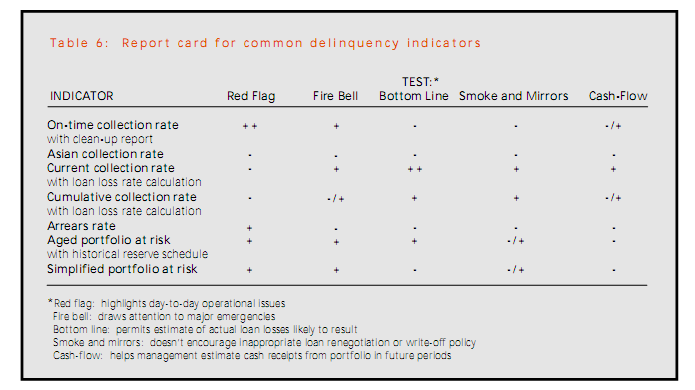In a previous post, we asked whether Haiti earthquake relief has “room for more funding” and concluded that, in general, it isn’t clear. (For more on the general topic of “room for more funding,” see our 5-post series on the topic.)
Of course, it probably makes a big difference which organization we’re talking about. We’ve seen a lot of different charities soliciting funds in the context of the Haiti earthquake, and some of them may have greater abilities than others to translate funding into relief assistance. The problem for donors is that by and large, these charities aren’t accompanying their appeals with the information we’d need to have a sense of their “room for more funding.”
The key questions we feel charities should be answering
We assert that any organization raising funds in the context of Haiti earthquake relief should provide clear, prominent answers to the following questions:
- How much are you trying to raise?
- Roughly speaking, what activities are you seeking to fund?
- How much have you raised so far?
- If you raise more than your target, what will you do with the remaining funds?
Answers to such questions would make it possible to hold organizations accountable (well after the fact) for how they actually spent money raised in their relief appeals.
Charities’ answers to these questions
We’ve examined the online appeals of charities that (a) have raised $10 million or more in the context of Haiti relief, according to the Chronicle of Philanthropy’s tally or (b) have come up via Google Adwords on relevant searches (“Haiti”, “Haiti relief”, “Haiti donations”, etc.) (We also included Yele Haiti due to the attention it’s received, even though it did not meet either of these criteria.) It seems fair to say that all of these charities have done significant fundraising in the context of the Haiti relief effort.
For each, we looked on their website for answers to the above questions, both by clicking relevant links and by Google-searching the site. (Note that this work was mostly done last week.) We provide our results in Excel format.
Most (not all charities) provide at least an overview of what sort of aid they are looking to provide. However, only 6 out of 17 appear to give any target for how much they’re looking to raise; only three appear to be sharing how much they’ve raised to date (although many more appear to be sharing this information via the Chronicle of Philanthropy’s tally); and only two (the two mentioned in our previous post, Heifer International and Doctors Without Borders) are explicit about what they will do with “extra” funds.
We don’t believe that a top-down pooling of funds is the only way to make sure money gets to the organizations that can use it productively. We see potential in the idea of different charities’ raising funds for different efforts, as long as they make it clear how much they are looking for and why; make it possible to hold them accountable for how they spend the funds they raise; and are explicit about the point at which they’d spend funds on other potentially worthy causes. However, from what we can see, charities aren’t currently sharing enough information along these lines.

